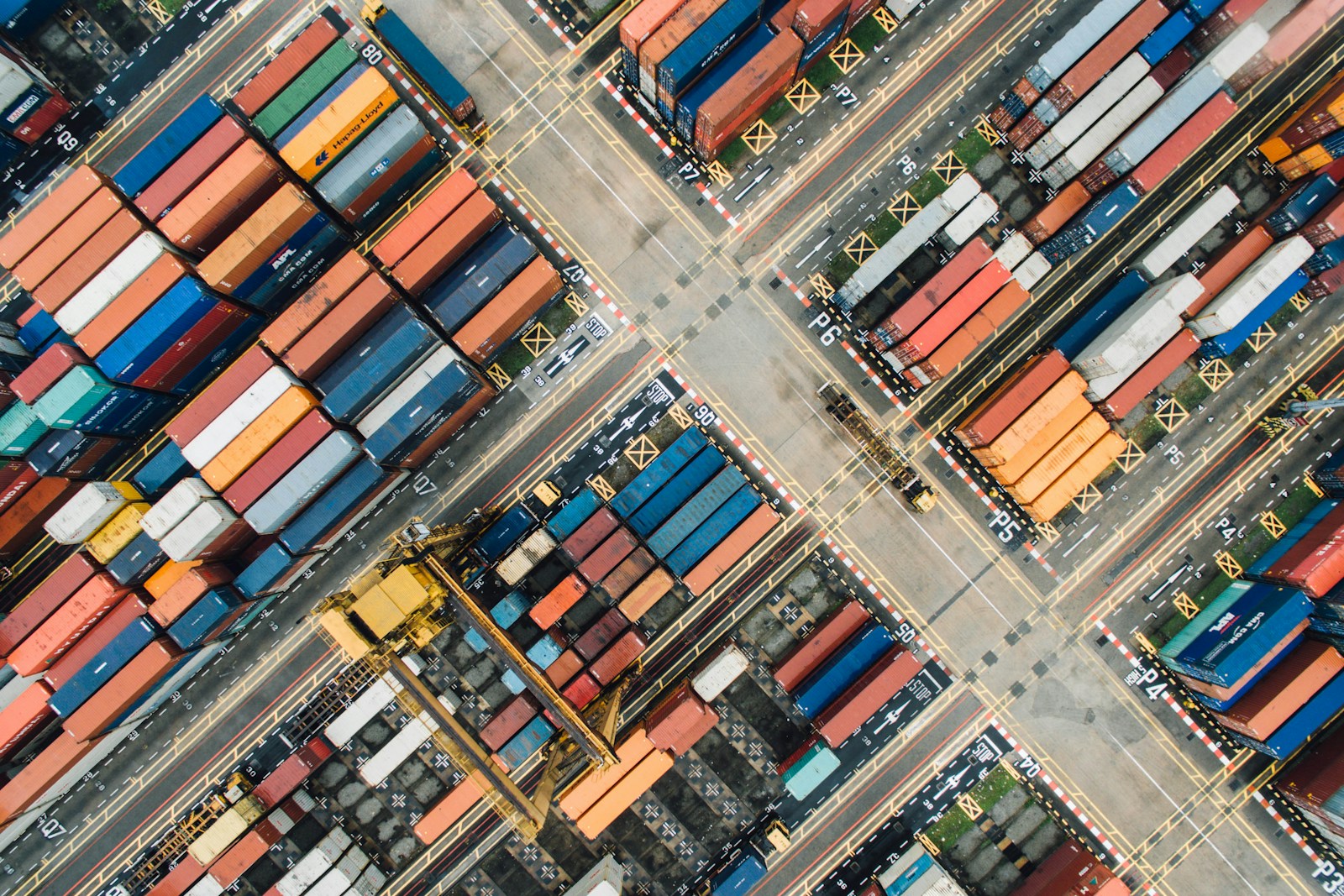In recent years, the global supply chain has experienced unprecedented disruption. The COVID-19 pandemic and rising geopolitical tensions have exposed vulnerabilities that many businesses never anticipated. From factory shutdowns to shipping delays, companies across industries faced significant hurdles in maintaining operations. These disruptions forced business leaders to confront a sobering reality: the traditional models of supply chain management, built on efficiency and cost-cutting, are no longer sufficient in a volatile world.
The Shift from Just-in-Time to Just-in-Case
Historically, many companies have relied on a just-in-time (JIT) approach to supply chains, focusing on minimizing inventory and reducing costs. However, this model proved fragile during the pandemic, as global lockdowns and travel restrictions disrupted the delicate flow of goods. Now, a new strategy is emerging—just-in-case (JIC). This approach emphasizes building buffer stocks, diversifying suppliers, and increasing local production capabilities to withstand unexpected shocks. While this may increase costs in the short term, it provides a much-needed safety net for businesses looking to build resilience.
The Role of Technology in Supply Chain Evolution
The post-pandemic era has also seen a surge in the adoption of technology to create smarter, more agile supply chains. From advanced data analytics to artificial intelligence, businesses are leveraging technology to gain real-time insights into their supply networks. This allows leaders to identify potential disruptions before they escalate and respond more quickly to changing conditions. Blockchain is another tool gaining traction, offering greater transparency and security in tracking goods throughout the supply chain. These digital solutions are enabling companies to adapt more effectively in an increasingly complex global environment.
Geopolitical Risks and Supply Chain Diversification
Geopolitical tensions have added another layer of complexity to global supply chain management. Trade wars, sanctions, and regional conflicts have made it riskier for businesses to rely heavily on single countries or regions for production and sourcing. As a result, companies are now diversifying their supplier base, shifting away from over-dependence on regions like China. Southeast Asia, India, and Mexico are emerging as attractive alternatives for production. Nearshoring and reshoring are also gaining popularity, as companies seek to bring manufacturing closer to home in order to reduce risks and improve control.
Sustainability and Supply Chain Resilience
At the same time, there is growing pressure on businesses to incorporate sustainability into their supply chain strategies. Consumers, investors, and regulators are increasingly demanding environmentally responsible practices. Sustainable sourcing, reducing carbon footprints, and investing in renewable energy are not only ethical imperatives but also ways to build more resilient supply chains. Sustainable practices often go hand in hand with resilience, as they encourage companies to think long-term and reduce dependence on finite resources.
Building the Supply Chain of the Future
As we navigate a world shaped by post-pandemic recovery and geopolitical instability, businesses are fundamentally rethinking their supply chain strategies. The focus is shifting from efficiency at all costs to building resilience, adaptability, and sustainability. Leaders who embrace this new mindset and invest in diversified, technologically advanced, and sustainable supply chains will be better positioned to thrive in an unpredictable future. The lessons learned from recent disruptions will undoubtedly influence supply chain strategies for years to come.
If you would like to know more, join us at the Denver Council on Foreign Relations dinner event on Thursday, November 14th from 5:00 PM – 8:30 PM to hear Jack Buffington, an associate professor of the practice in supply chain management in the marketing department at the Daniels College of Business. I look forward to seeing you there.


